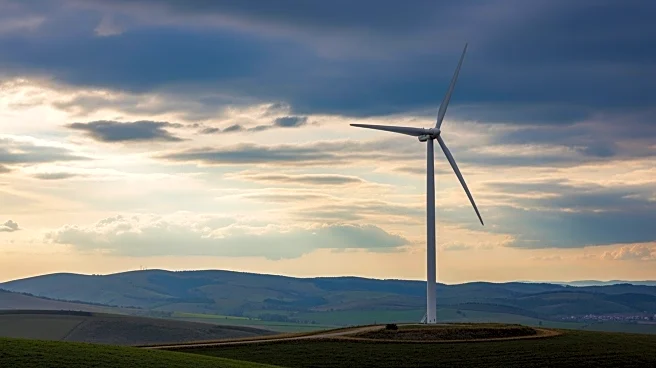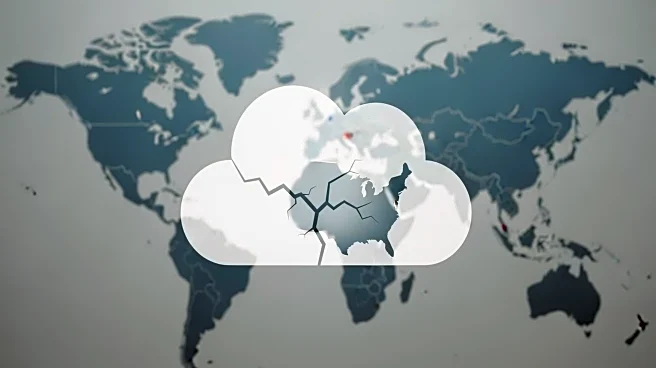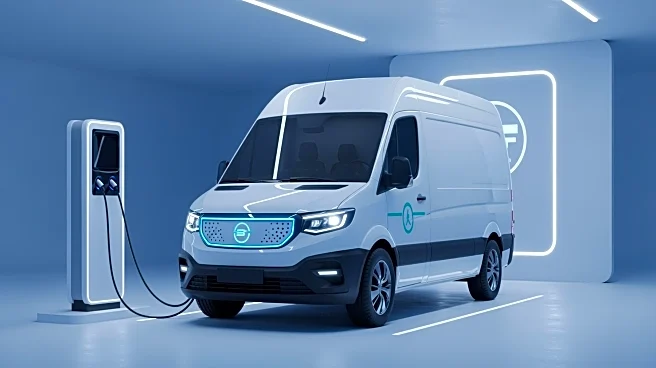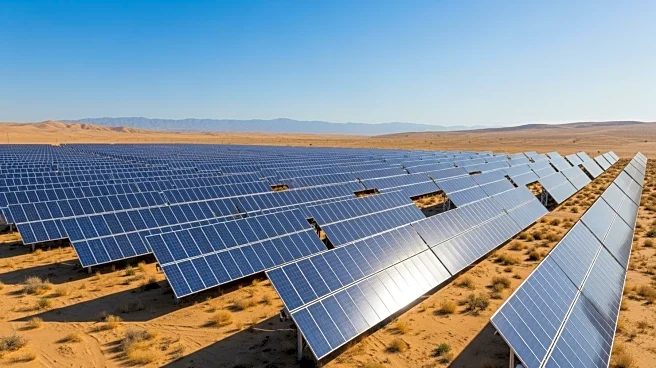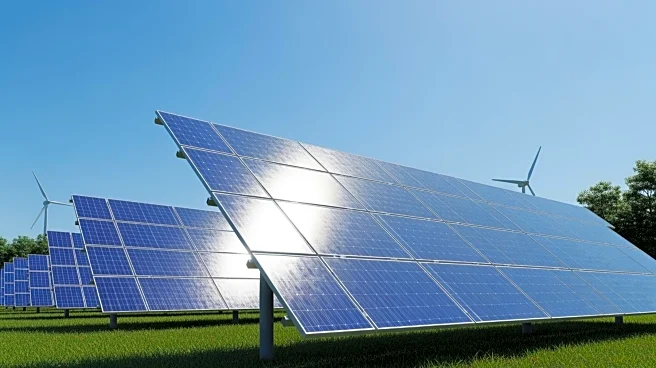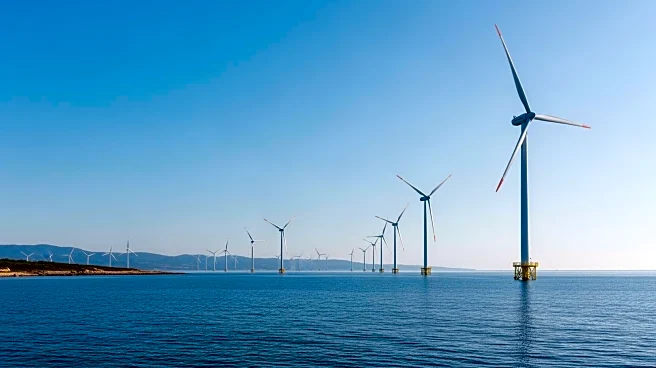What's Happening?
The US wind industry is navigating a challenging landscape marked by political opposition and market fluctuations. Despite efforts by President Trump to undermine the sector, the industry remains resilient.
According to a report by Wood Mackenzie and American Clean Power, the US wind industry is projected to install 3.8 gigawatts of capacity in the first nine months of 2025, surpassing the previous year's record. However, the industry faces significant hurdles, including a 15% decline in installations in the first half of 2025 compared to 2024, and a 60% drop in the second quarter alone. The report forecasts an annual addition of 9.1 gigawatts through 2029, with onshore wind farms contributing the majority. Despite these challenges, the industry is expected to surpass coal in generating capacity by 2029.
Why It's Important?
The resilience of the US wind industry is crucial for the country's transition to renewable energy. The sector's ability to withstand political and market pressures highlights its potential to contribute significantly to the US energy mix. The projected growth in wind capacity could help reduce reliance on coal, aligning with broader environmental goals. This shift is particularly important as data centers and AI technologies drive increased energy demand. The industry's growth also reflects bipartisan support for renewable energy, with Republican leaders in states like Nevada and Virginia advocating for wind and solar projects. This support is vital for overcoming regulatory and political barriers, ensuring the continued expansion of clean energy infrastructure.
What's Next?
The US wind industry is poised for further growth, with significant capacity additions expected in the coming years. However, the sector must navigate ongoing political and regulatory challenges, particularly in the offshore wind segment. The industry's future will depend on its ability to secure favorable policies and overcome opposition from fossil fuel interests. As the demand for renewable energy increases, driven by technological advancements and environmental concerns, the wind industry will play a critical role in meeting the nation's energy needs. Continued advocacy and strategic planning will be essential to ensure the industry's long-term success and its contribution to a sustainable energy future.
Beyond the Headlines
The US wind industry's resilience amid political challenges underscores the broader shift towards renewable energy. This transition has significant implications for energy policy, economic development, and environmental sustainability. The industry's growth could lead to job creation and economic opportunities in regions investing in renewable infrastructure. Additionally, the shift away from coal and other fossil fuels aligns with global efforts to combat climate change. The industry's ability to adapt to changing political landscapes and market conditions will be crucial in shaping the future of energy in the US and beyond.
